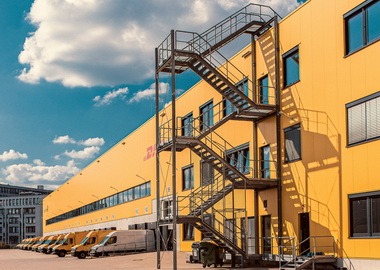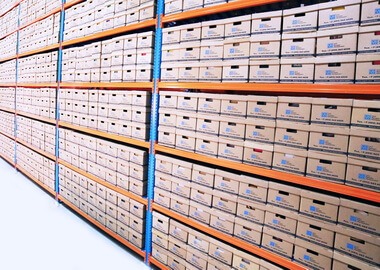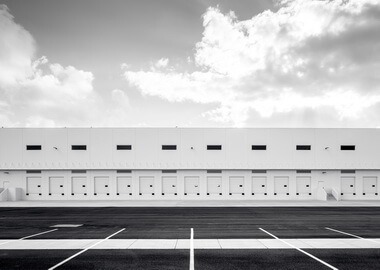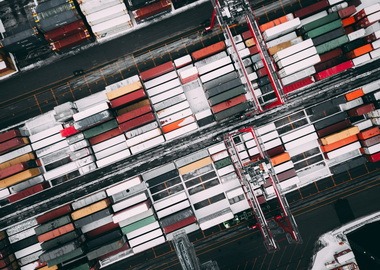Impact of Internet of Things (IoT) on Supply Chain Management
IoT is a revolutionary technology for every major industry — retail, transportation, finance, healthcare, and energy. The Internet of Things shows its potential to the fullest in processes like supply chain. Management, forecasting, and oversight applications help fleet managers improve the operational efficiency of distribution and add transparency to decision-making.
All areas of the complex supply chain process can be improved with the Internet of Things. In this post, you’ll find about the impact of IoT in custom logistics software development and learn about the applications used in the industry.
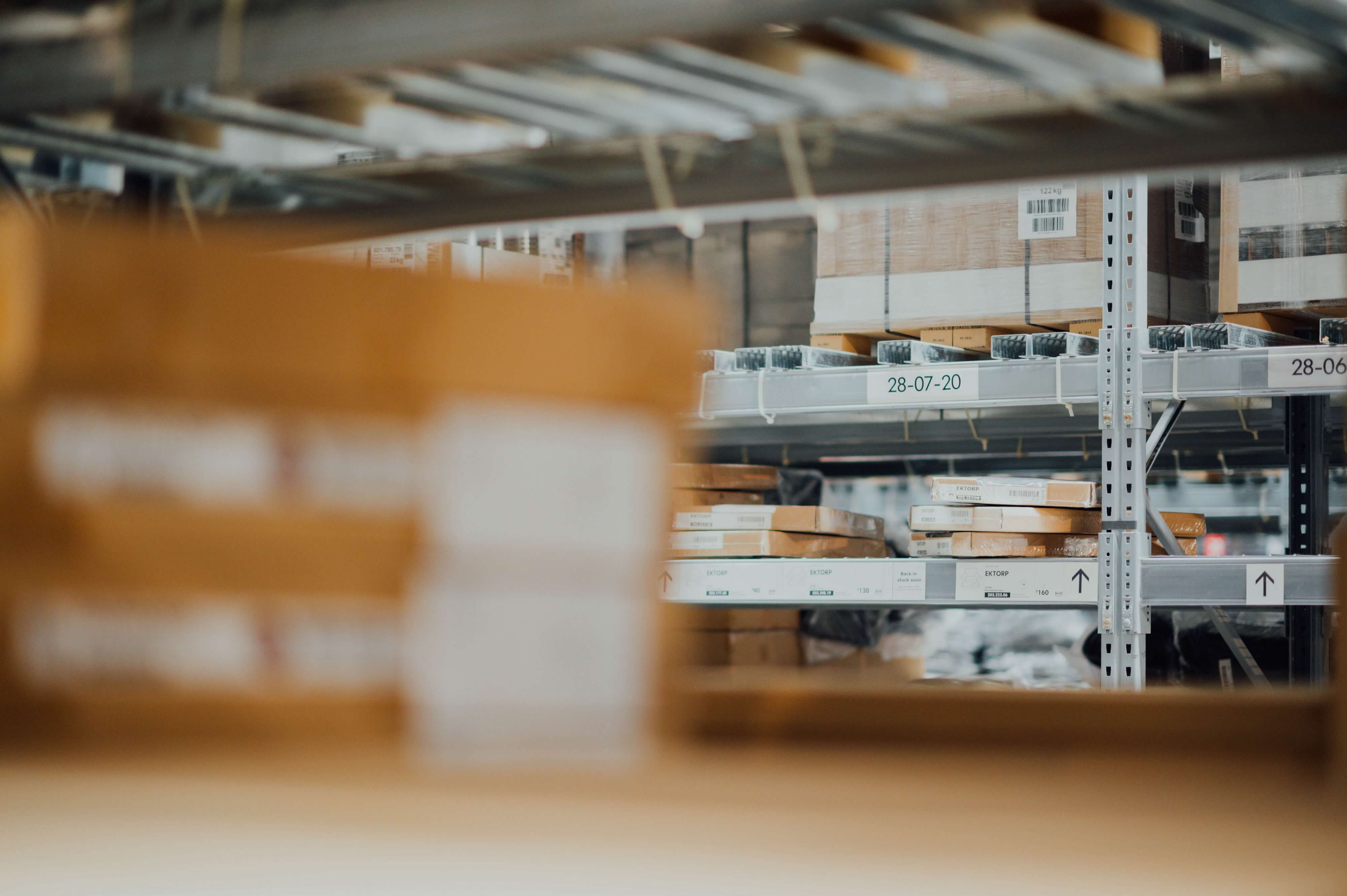
Tracking and monitoring are some of the main objectives for IoT deployment in supply chain management. The technology allows warehouse and fleet managers to keep track of their cargo and inventory.
However, there’s more to the Internet of Things than its asset management potential. Here are many more reasons for using IoT in SCM:
Real-time location-tracking
Internet of Things provides managers with a coherent stream of real-time data regarding the location of the product and the transportation environment. You will be alerted if the product is shipped in the wrong direction and will be able to monitor the delivery of ready goods and raw materials.
Storage condition monitoring
Thanks to environmental sensors, managers can track shipment conditions and proactively respond to changes. For instance, one of the most common IoT supply chain solutions gathers data on the temperature inside vehicles, pressure, humidity, and other factors that could compromise the product’s integrity and triggers automatic condition adjustment.
Forecast the movement and the arrival of the product

Managers use IoT devices and data analytics systems to improve the quality of decision-making and increase the precision of delivery forecasts. Thanks to real-time tracking, companies are able to monitor goods during shipment and predict the delivery as well as forecast and mitigate risks associated with delays.
Locate goods in the warehouse
Integration of IoT-based supply chain management systems is among the top warehouse technology trends. The benefits are numerous from the increased efficiency of warehouse processes to better inventory management and employee safety. Thanks to real-time location trackers, for instance, employees on-site can easily locate goods and get quick to the exact aisle for a specific product. In this case, Internet of Things enables seamless workflow and performance that is impossible to achieve otherwise. Moreover, combined with artificial intelligence, IoT becomes a stepping stone for full-on warehouse automation with little to no human supervision.
Improve contingency planning
IoT and data analytics help supply chain managers plan routes, taking into account traffic, weather, possible accidents or other delay-inducing occurrences that happen on the way. The Internet of Things curates all data needed to develop flexible contingency plans and get to the cause of existing delays. The technology offers supply chain managers real-time alerts that increase the speed of risk mitigation.
Contact Digiteum
Supply chain management is a multi-faceted field. Throughout the delivery, dozens of operations unfold simultaneously and it’s crucial for managers to streamline them. The Internet of Things is the technology that helps build big-picture views and create complex yet functional frameworks for operational efficiency in this field.
Here’s how the technology touches upon various aspects of supply chain management — communication, logistics, storage, shipping and others.
1. Asset management
IoT systems facilitate asset monitoring and management. Instead of logging the data manually or using traditional inventory devices, managers can now fully rely on software to update the status of all assets. Similar to asset tracking in retail, connected tech such as sensors, RFID tags, beacons and smart materials allows to effortlessly track each item and help supply chain managers can get instant access to key insights on each delivery, including the contents of the parcel, storage manuals, and so on.
2. Automation
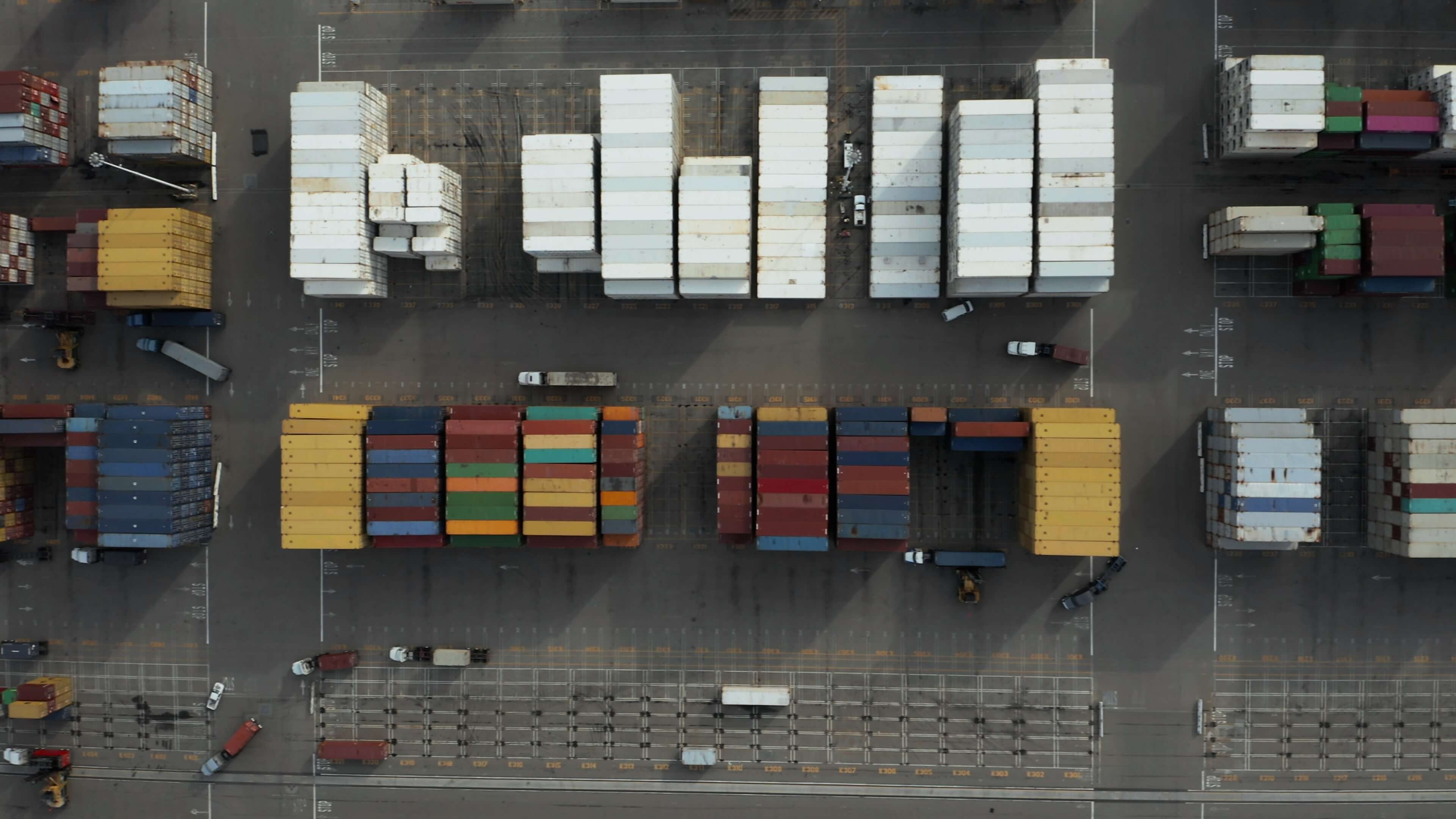
The full potential of this technology is unlocked when it comes to managing large warehouses for major retail and logistics companies. There are many applications of Internet of Things in supply chain management that help automate warehouse operations from inventory drones to connected infrastructure for warehouse condition monitoring and remote control.
The human-technology synergy in manufacturing and supply chain helps warehouse managers increase productivity, cut costs and increase resilience.
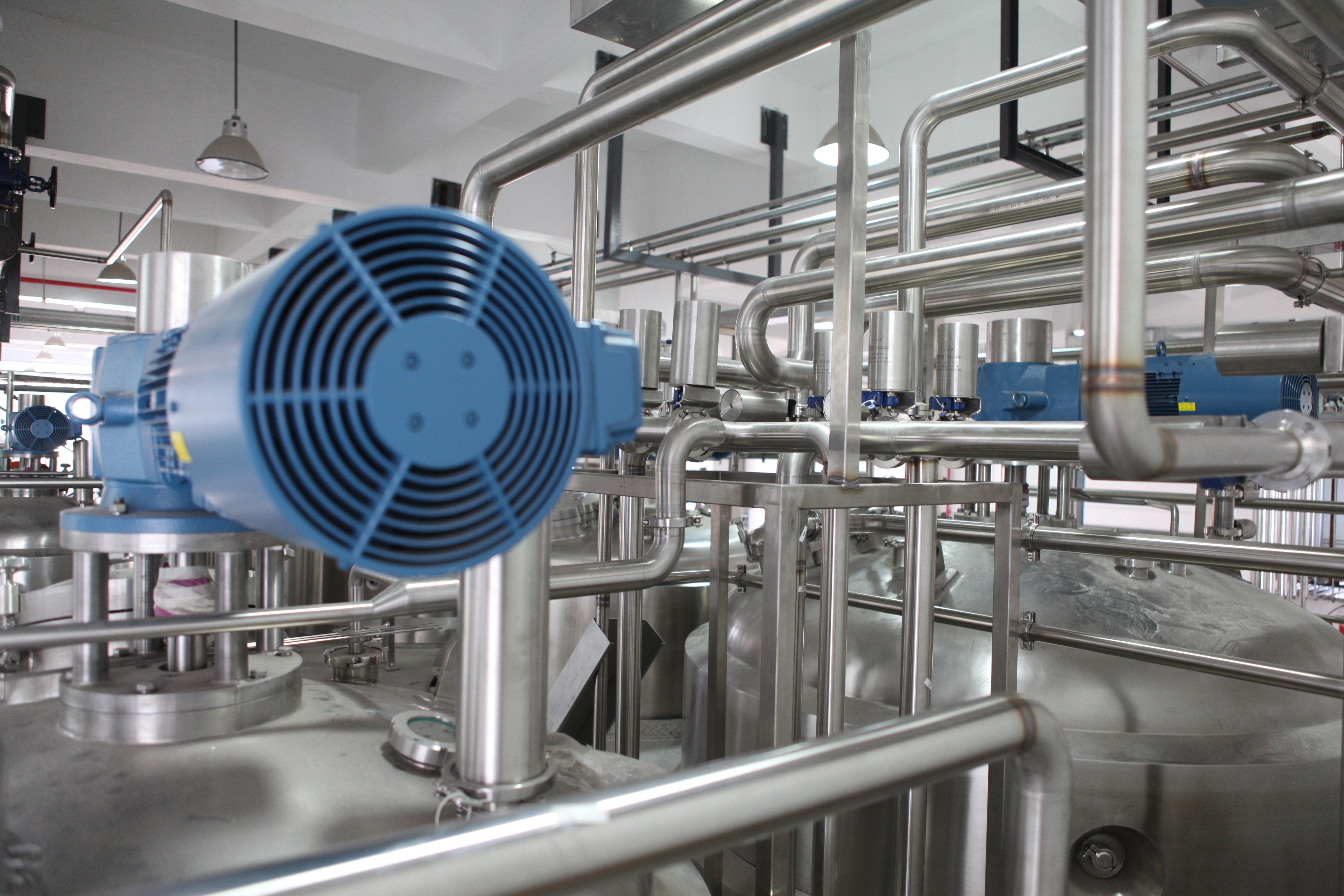
One of the most important benefits of IoT in supply chain comes from machine intelligence and the ability of technology to find issues or saving points that people won’t be able to spot – detect resource leaks, find inefficiencies, determine possible machine failure and even see the future. In fact, connected systems gather data needed for predictive analytics at different stages of supply chain (detecting equipment failure, predict maintenance, plan load, etc.). The power of predictive analytics is widely used in many industries — it is the next big thing in supply chain management. Only by being able to forecast system failures, supply chain and warehouse managers significantly cut downtime, hence save a lot of money.
4. Transparency
Internet of Things in logistics improves the efficiency of communication between all parties in the supply chain. Managers are able to track drivers and shipping and see if they comply with internal policies, if the product is stored the right way, and if there aren’t any delays between the warehouse and the customer’s doorstep. Having access to real-time location, productivity, and environmental data, managers can also communicate with end clients and keep them informed thus providing better more personalized service.
5. Sustainability
In a smart supply chain, IoT is also a sustainability enabler and one of the technologies to help managers comply with the current environmental regulations and emission caps. Thanks to different IoT sensors for supply chain management and asset tracking, they now can get a very precise picture of how resources such as power and water are used, implement green strategies to fleet management and shipping and integrate environmental initiatives at scale (renewables, electric vehicles, energy-efficient spaces).
With the growing popularity of the Internet of Things in mind, more businesses seek to reap the benefits of the technology in the supply chain. In case you are wondering how IoT can improve your company’s efficiency and reduce operating costs, here’s an overview of its benefits in SCM.
Higher speed
Smart route-planning tools and IoT tracking technologies increase the overall supply chain speed exponentially. Integrating these technologies in everyday operations, managers shorten the feedback circle, benefit from faster decision-making, proactively mitigate delay risks, and generally improve the efficiency of locating goods within the warehouse.
Higher accuracy
Connected platforms are faster and easier to access than closed systems. By building a cloud-based IoT system, companies ensure all parties involved in the supply chain lifecycle will have access to relevant data and can address issues fast. On top of that, web and mobile tools for different users (employees, managers, operators, customers) help them work with the insights, use collected data to build strategies and different scenarios relevant to user roles and needs.
Improved flexibility
IoT provides managers with detailed insights on the goods turnover, helping retailers and supply chain managers know how many units of every product should be ordered. The Internet of Things reduces the impact of human error as well by adding high precision in asset tracking, shipping and navigation for the drivers on the road.
Better segmentation
Combining IoT and supply chain management is a good way for retailers to learn more about their products, customers and demand and build relevant strategies. Data collected throughout the product cycle helps better understand the market and segment products with the target audience in mind.
Increased efficiency
IoT empowers a wide range of connected platforms geared towards employees. Tools like smart glasses help instruct warehouse workers seamlessly to ensure they spend less time completing a task. Also, IoT captures efficiency-related data and brings more awareness into resource and labor management. Thanks to the technology, supply chain managers will ensure all the parties involved in the delivery perform to the best of their ability.
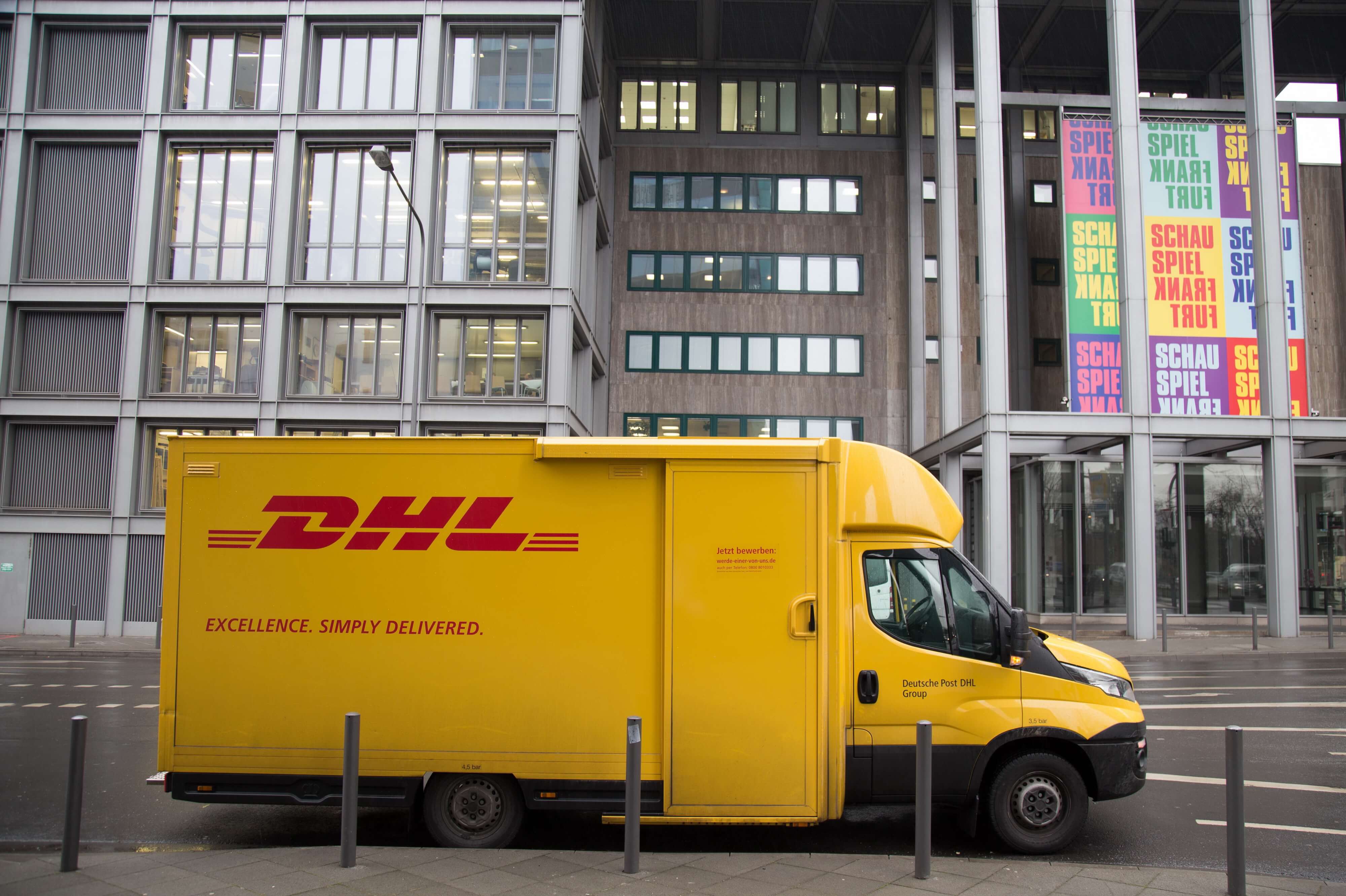
Despite the growing need for digital transformation, many companies still use outdated legacy systems to manage deliveries and track assets. By leveraging the use of IoT in supply chain, can solve many problems associated with outdated operational practices and technologies. However, there are many IoT implementation challenges to keep in mind.
1. Skill gap
Adjusting to managing connected systems will require intensive training for warehouse workers and vehicle drivers. Explaining the security practices and outlining the guidelines for using corporate platforms is a time-consuming process.
Finding a team skilled enough to design a solution that caters to the company is a challenge on its own, considering the lack of professional IoT training. With the international tech talent shortage in mind, supply chain managers should understand that finding and hiring skilled professionals can become a time-consuming process.
Large data pools are one of the numerous advantages the Internet of Things provides supply chain managers with. However, with that power, comes the responsibility of acquiring enough server power to store and process all the collected data. Company managers will need to develop data governance policies, look for data scientists and analysts to ensure they drive the right conclusions from IoT-based insights.
3. Security threats
Building a secure architecture is another objective supply chain managers have to tackle before fully transitioning all processes to connected platforms. Data processing and storage vulnerabilities can result in outside attacks and leaks, tanking the company’s reputation and increasing the cost of failure.
The good news is, by implementing the concepts of machine learning and cryptographic hardware monitoring, company managers can mitigate outside security threats and access all stored data safely.
4. Connectivity issues
IoT heavily relies on having a stable Internet connection. Since fleet drivers are moving from one location to another, there’s not always a reliable network. As Internet coverage increases and 5G becomes widely available — the connectivity issue is likely to mitigate itself — for now, supply chain managers have to put up with it.
Bandwidth is another issue to keep in mind when implementing IoT in the supply chain. Connected platforms usually consume a lot of bandwidth and require a high-level server farm to operate smoothly.
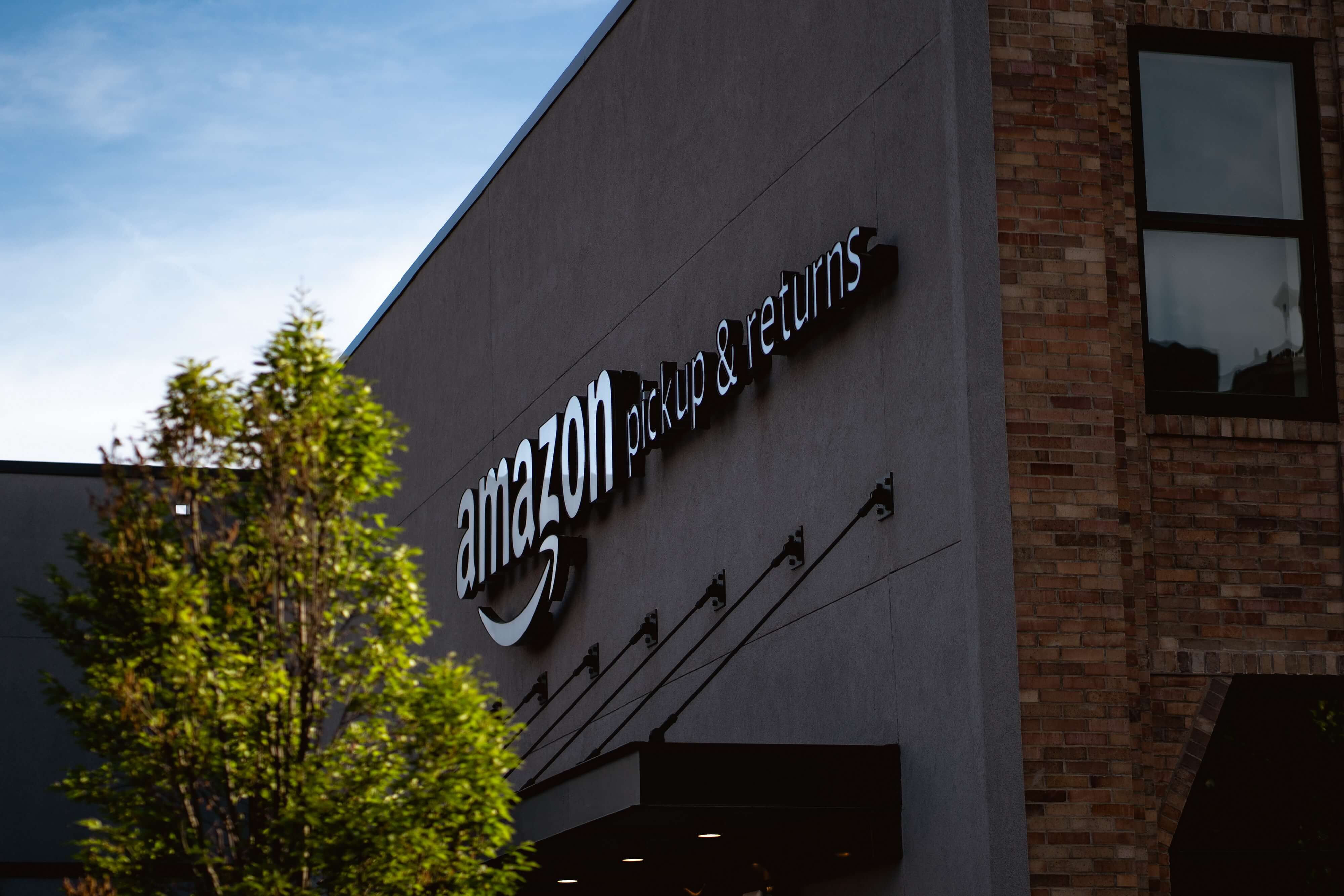
Global brands push the frontier connecting Internet of Things and supply chain. Here are a few examples of how large-scale corporations benefit from IoT on a daily basis:
Amazon
Amazon excels in the use of IoT devices in supply chain. Back in 2012, the company integrated fleets of connected robots for warehouse management. The main task of automated technology is to identify products by scanning QR-codes on the parcel. By implementing IoT in the warehouse, Amazon uses the human workforce more productively, allowing people to focus on tasks like packing, wrapping, or inventory management.
Volvo
The company is using a connected cloud-based system to monitor the shipment of car parts from different countries. Volvo uses the Internet of Things to track vehicle delivery to the corporation’s international suppliers.
Nissan
The car manufacturer relies on IoT automation to connect various industrial plants. The company has implemented intelligent warehouse management systems at its factory in Sunderland, UK.
New Maersk Line
One of the leaders in shipping and logistics services, Maersk is also a high-end company to look into while searching for advanced supply chain IoT user cases. The Danish company piloted a Remote Container Management System. It monitors the temperature and humidity in shipping containers, reducing food spoilage and resource waste. The platform allows operators to monitor environmental conditions and improve the precision of transportation planning and implementation.
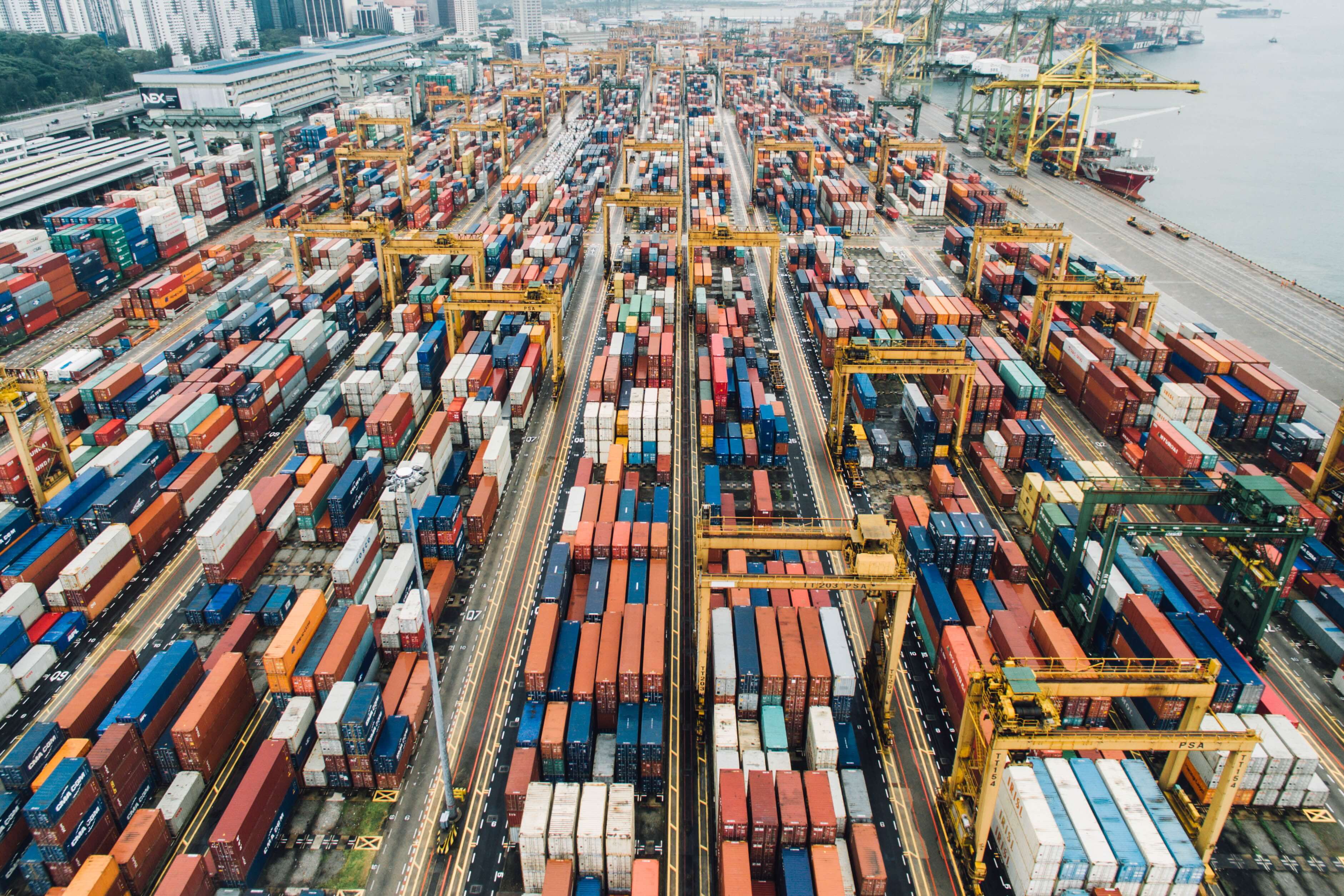
Recognizing the need for automation and the opportunities digital transformation brings along is a major step towards improving operating efficiency. However, it’s just as important to find a skilled team for IoT solutions implementation.
If you want to explore the possibilities of Internet of Things in supply chain management, bring in better end-to-end supply chain visibility and transparency to your operations, we could help.
We offer a wide range of middleware and software development services for IoT projects:
- Supply chain data integration solutions,
- ETL and middleware development,
- IoT data management, analytics, visualization and reporting,
- Web and mobile platform development,
- Integration of intelligent algorithms and data science tools.
Check our IoT software development services and contact our team to start a conversation.
Conclusion
The Internet of Things has a vast range of IoT applications in supply chain management. It facilitates the tracking and monitoring of goods, brings more transparency to the communication process, and increases the precision of planning.
An IoT-based platform is a great investment for small businesses and large companies alike, as long as you have a clear objective for what you need the technology to accomplish for you. Onboarding a skilled team for the design and development stage is crucial as well. To make sure your IoT solution for supply chain meets the modern tech trends and is fully functional, reach out to Digiteum — an innovative team of software developers.
We’ve designed and built software for retail, healthcare, agtech, publishing, supply chain, cleantech and other companies. Take a look at our portfolio to see the full range of our domains and skills. To discuss Internet of Things software development for your business — leave us a message. We’ll get in touch right away!


